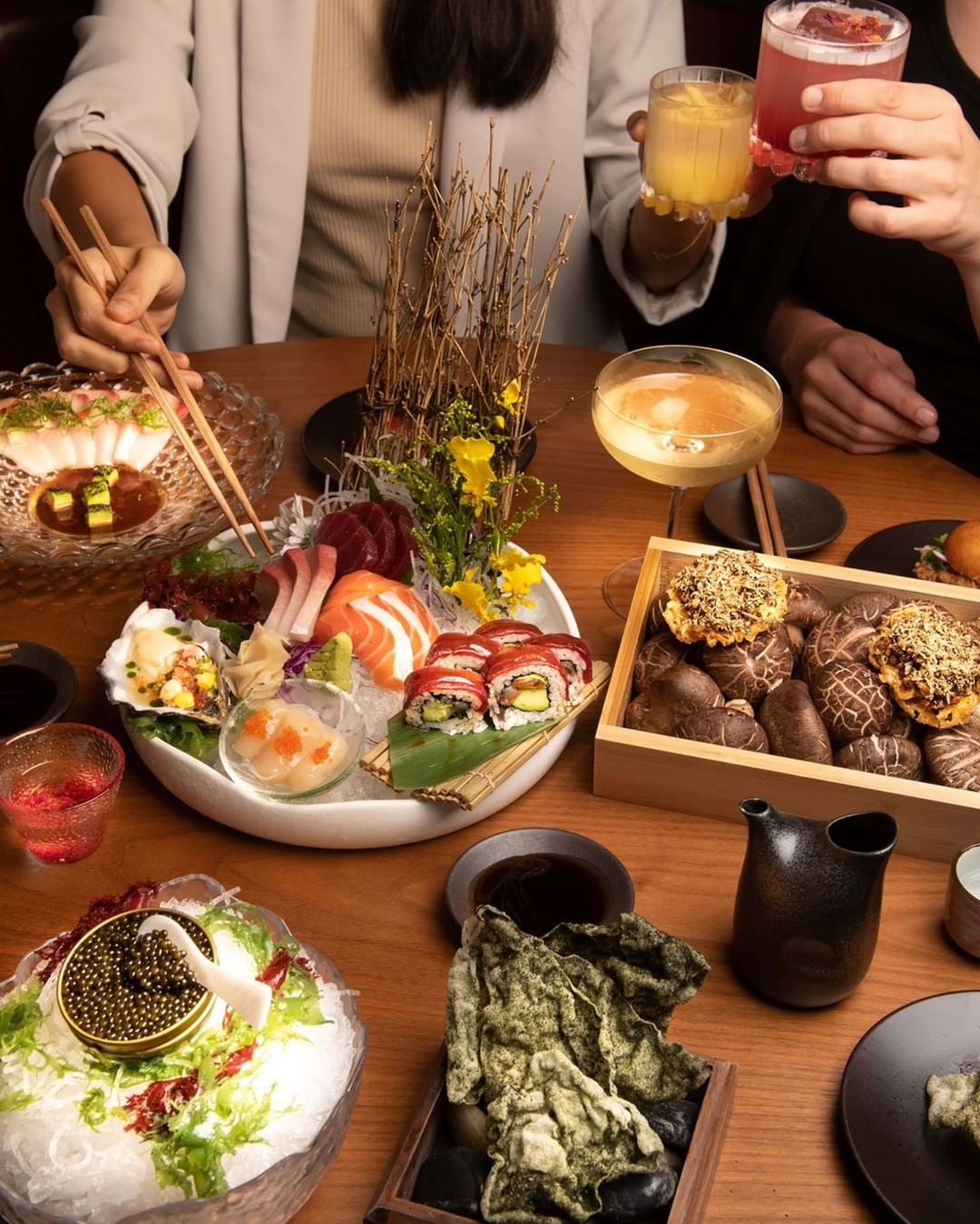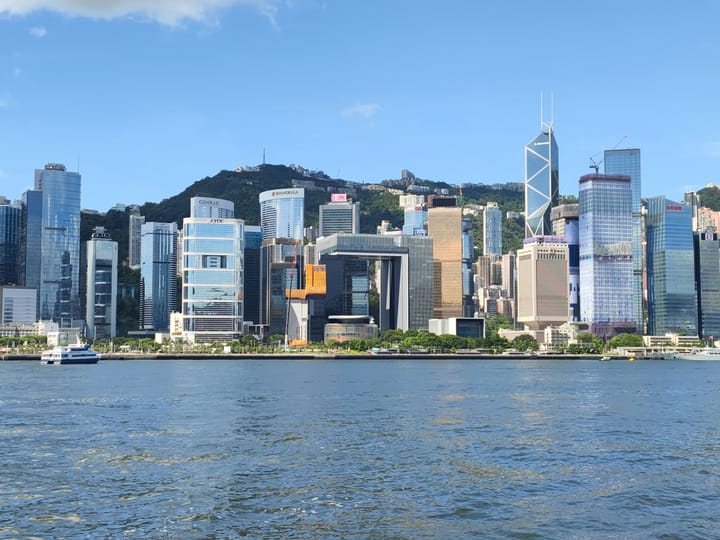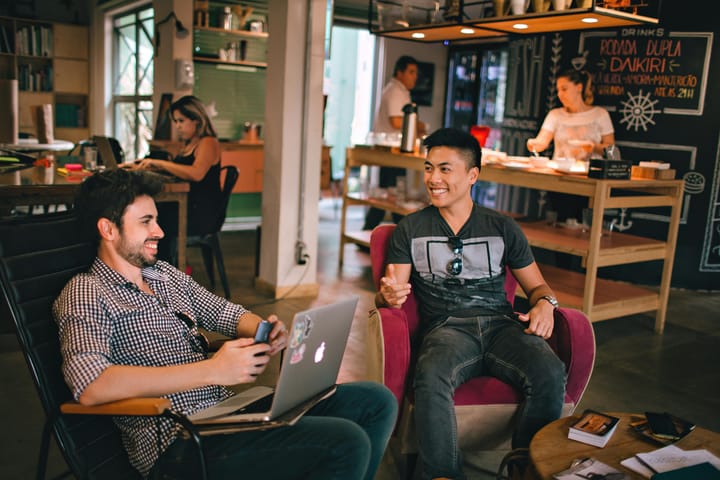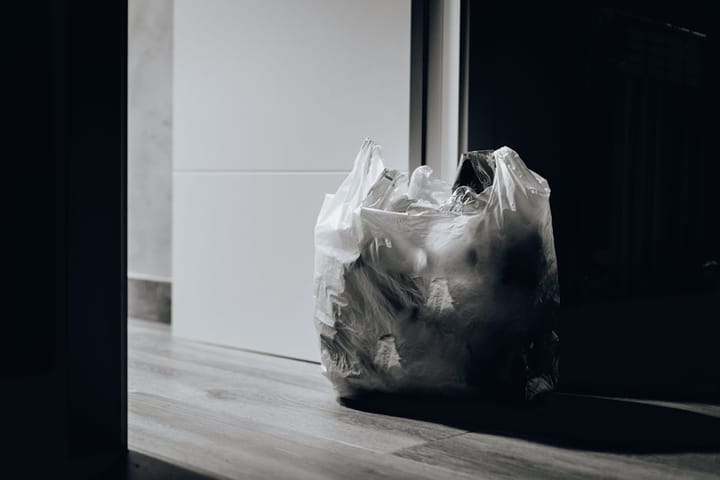Chef Edwin Guzman honors Nikkei through his cuisine at Zoku
One can gather that Nikkei is more than a cuisine as they listen to Chef Edwin Guzman talk about his culinary art – it extends to a lifestyle.

A few minutes every morning is all you need.
Stay up to date on the world's Headlines and Human Stories. It's fun, it's factual, it's fluff-free.
One can gather that Nikkei is more than a cuisine as they listen to Chef Edwin Guzman talk about his culinary art – it extends to a lifestyle.
But what is Nikkei, you ask? Nikkei can be defined as a harmonious fusion of Peruvian and Japanese culinary traditions.
It all started at the turn of the century when Japanese immigrants made an arduous journey across the seas to Peru in search of new opportunities. Through their migration, they brought culinary traditions foreign to Peruvians, integrating staples like seafood into the already existing colorful South American diet. Thus, Nikkei was born, a seamless fusion of the East and far West, representing two ancient cultures fueled by integration and respect for one another.
Zoku's menu pays tribute to Chef Guzman's culinary philosophy, with dishes such as the toro tartare, a beautiful crab canape, the yellowtail ceviche and, to finish off, the unique Shima tofu dessert.
We sat down to talk to Chef Guzman about his culinary journey, his influences and how he brought his culinary philosophy to Asia.
Q: You've mentioned before that your mother was a big influence in your journey into cooking. How so?
A: When I was young, I just remember constantly being in the kitchen with my mother. Surrounded by the amazing fragrances and sights and sounds of what happens behind the scenes before being served a plate of food is what ignited my passion and love for the culinary arts.
Q: Your first big project was bringing the first Nikkei restaurant to Macau, which must have been a huge undertaking. What initially drew you to Hong Kong and eventually to join Zoku at the Hari? How would you compare the experience here in Hong Kong?
A: It is actually quite a long story – it was a long journey for me to end up in Hong Kong. I was originally going to open my own restaurant in New York and had almost everything set up and ready to go. Unfortunately, I ran into some minor issues that would take several months to resolve. As this occurred, The Hari Hong Kong team reached out to me and told me about the concept of Zoku, which immediately piqued my interest, especially knowing that it was on familiar grounds.
Q: How would you explain Nikkei cuisine to someone unfamiliar with the term, and how is it different from traditional Japanese food?
A: Nikkei is almost like a lifestyle in Peru. This cuisine dates back to the 19th century when Japanese immigrants moved to foreign lands, predominantly Brazil and Peru. The fusion between Japanese and South American cuisine was thanks to the inventiveness of chefs using Japanese techniques and tradition with South American ingredients. Over time as the cuisine underwent time, it evolved into what it is today – a showing of modern and refined Japanese techniques that showcase the spicy, bold and vibrant flavors of South America.
Q: Does your Peruvian background ever influence how you create dishes? Are there any major fusion dishes at Zoku you'd consider your signature that we should look out for?
A: Absolutely. I feel that in that historical period when Nikkei cuisine was being molded, Japan had given so much to our people. Now, as a modern-day chef, I feel the responsibility of giving back a little bit. I want to take the culinary knowledge and experience I have, using the platform I was given (the restaurant), to showcase lesser-known Japanese ingredients and regional cuisines. An example of this is actually our Zoku Experience menu, where we partnered with four regions in Japan – Kumamoto, Miyazaki, Okinawa and Kagoshima – to highlight the different ingredients.




Comments ()